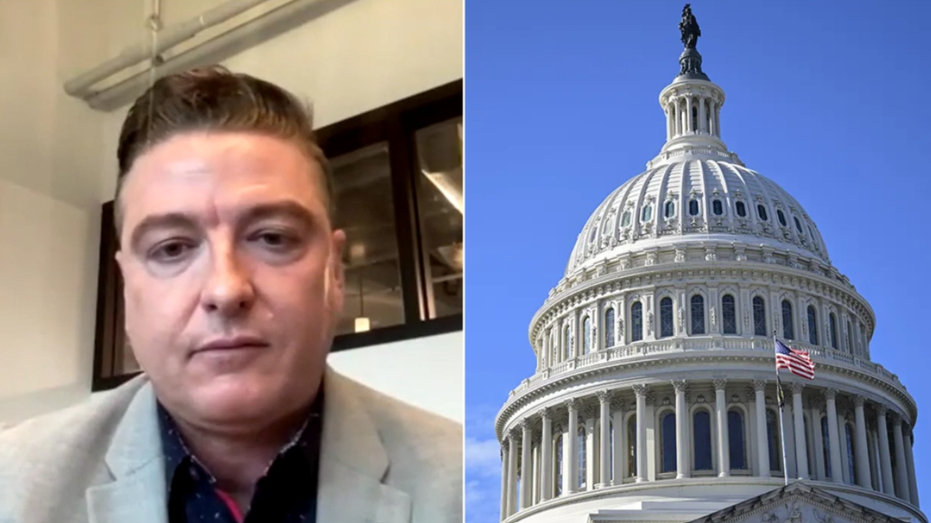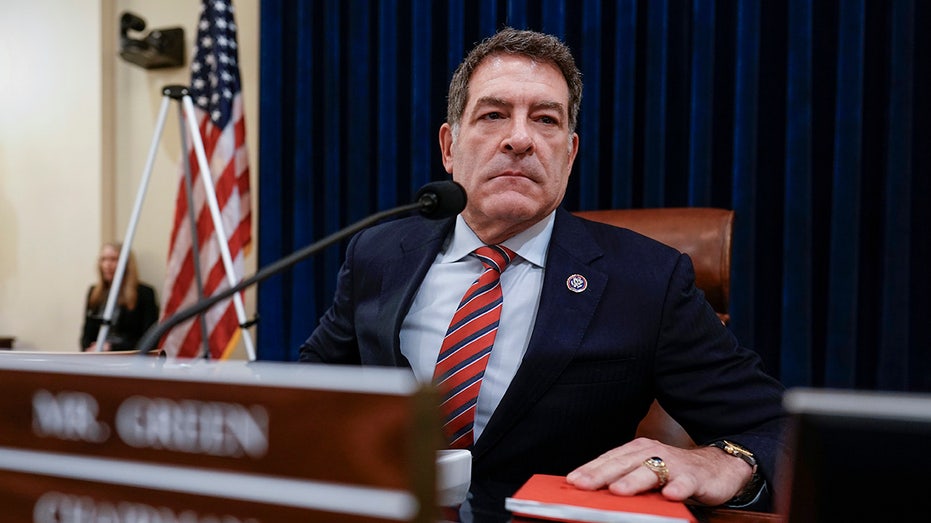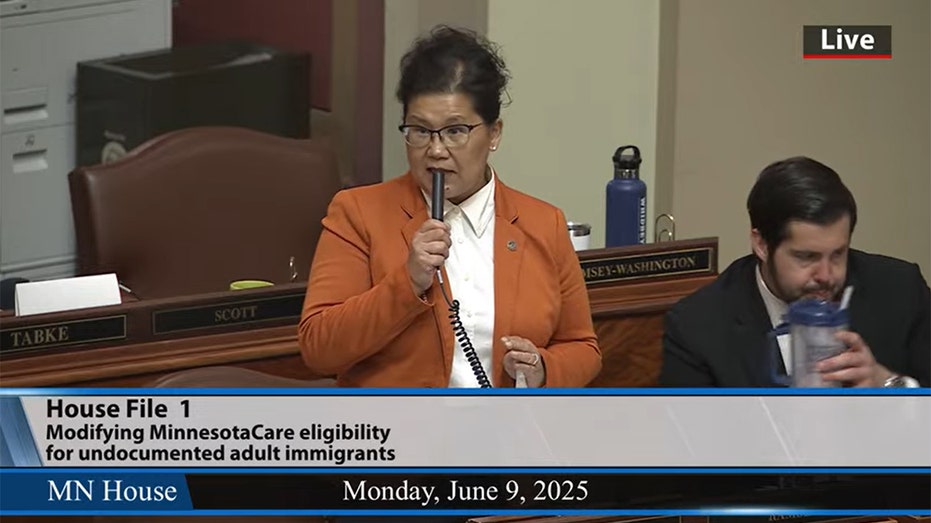Expert Reveals 'Perfect Solution' to Federal Hiring Problems Raising National Security Concerns
SkillStorm CEO discusses innovative tech solutions to overcome federal hiring challenges in exclusive Fox News Digital interview.

Amid persistent challenges in federal hiring, particularly for high-skill and technology-focused roles, SkillStorm CEO Justin Vianello is calling for significant changes to how the government recruits and deploys critical talent. In an in-depth interview, Vianello highlighted years-long delays and inefficiencies in the procurement process that hamper agencies' abilities to staff up quickly — a problem that sometimes even raises national security concerns.
Vianello pointed out that it can "take years to actually get to a point where a solicitation is actually awarded," only for agencies to then demand that companies deliver fully qualified teams within just ten days of winning the contract. "This process is inefficient and somewhat outdated," he said, stressing that the current approach makes it difficult for companies to properly mobilize, train, and deploy talent where it is needed most. Vianello advocates for a new approach that would give organizations a two-to-four-month "on-ramp" to build customized tech teams with the appropriate skills and certifications.
SkillStorm, under Vianello’s leadership, has invested millions in developing its Performance Acceleration Center for Excellence — a comprehensive training system designed to rapidly upskill and certify workers. The company’s model involves recruiting candidates, paying them while they receive 10-16 weeks of intensive training, guiding them through necessary certifications, and then deploying them on projects. "We take all the risk up front," Vianello explained, "and recover it by billing hourly once the team is placed."
This proactive approach, according to Vianello, could help fill the dire staffing gap in fields such as cybersecurity. As of January 2025, there are approximately 500,000 unfilled cybersecurity positions nationwide. Vianello warned this shortfall is not just a workforce issue but a national security concern. "Where’s the next generation of AI innovators and cybersecurity experts going to come from if we don’t invest in these domestic, apprenticeship-type programs?" he asked. Without such investments, Vianello fears the U.S. will continue to rely on offshore talent and visa holders, missing the opportunity to develop homegrown expertise crucial to safeguarding federal infrastructure.
Security clearance requirements further complicate the hiring process, adding weeks or even months to ramp-up times and sometimes creating vulnerabilities in coverage. Earlier comments from former General Services Administration head Emily Murphy echoed these concerns, noting, "Agencies charged with safeguarding cybersecurity and digital infrastructure are losing the talent battle to the private sector, and the slow, outdated process for onboarding cleared workers doesn’t match the urgency of today’s threats."
Murphy underscored the need for a "new pipeline" delivering clearance-eligible, project-ready professionals trained on mission-critical tools. She praised the SkillStorm model, which produces technologists ready to hit the ground running on specific government systems at a lower cost than traditional pathways — a system she described as "a smarter, faster way to secure the talent our government urgently needs."
Looking ahead, Vianello envisions a federal workforce less reliant on traditional, full-time government employment and more open to flexible, contractor-powered models that can adapt to rapidly changing technological landscapes. He urged a fundamental rethink of the solicitation process to ensure that, when new technologies are finally implemented, they aren’t already outdated. "How are you going to continue to attract young technologists who want to be part of the change if the process remains stuck in the past?" Vianello asked. With both SkillStorm and federal agencies like the Department of Government Efficiency (DOGE) aligned on modernization and cost-effectiveness, leaders hope that systemic changes are finally within reach — changes that could safeguard the nation’s digital future.




